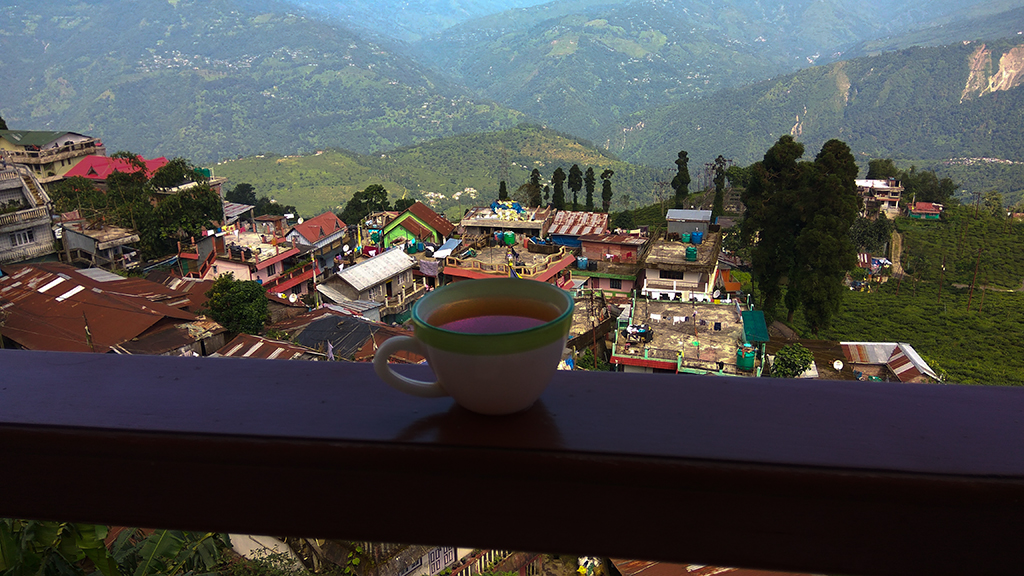
Monsoon in the Mountains by Ashis Ghatak
When I begin to talk to readers about my travel experiences, I feel like opening with a story that is very close to my heart. One of the first and most indelible memories of my travel is when I went to discover my second home in the hills of North Bengal. While journeying to its more illustrious cousin, Darjeeling, I discovered the beauty of Kurseong in monsoon. The latter was on the way to Darjeeling, and merely treated as a stopover for momos.
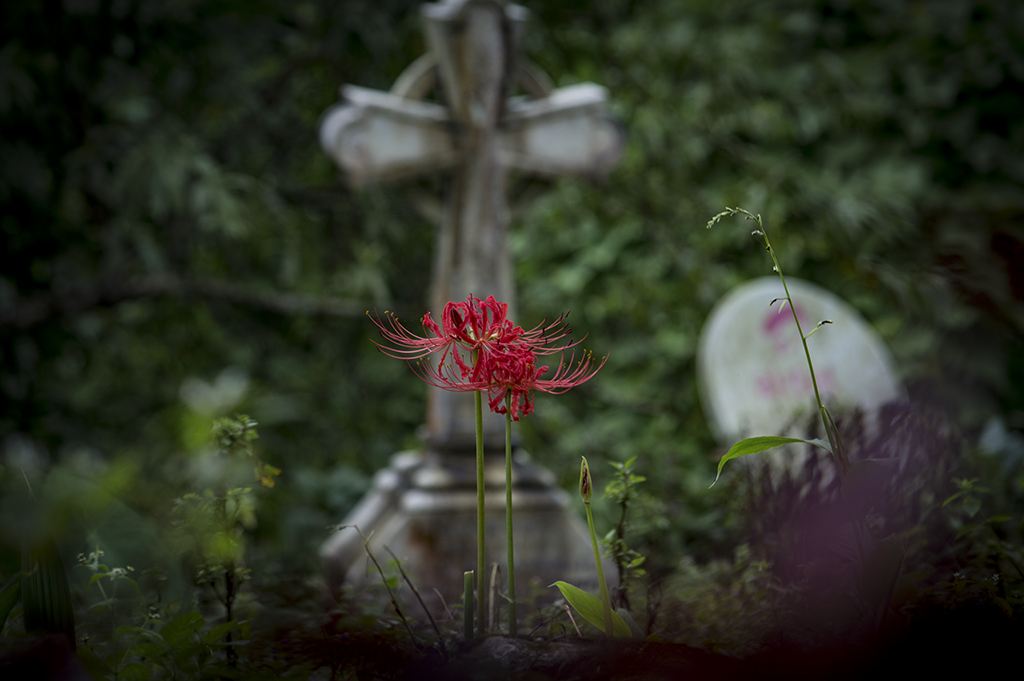
Monsoon is best time to visit the hills for two reasons. The sights and landmarks are almost empty due to the scare of occasional landslides. Moreover, the hills have an additional sheen of greenness. The aroma of the rain-soaked earth throws one into a trance. And when the clouds surround the peak in the morning and Kanchenjunga peeps through it, the scenery is hypnotic.
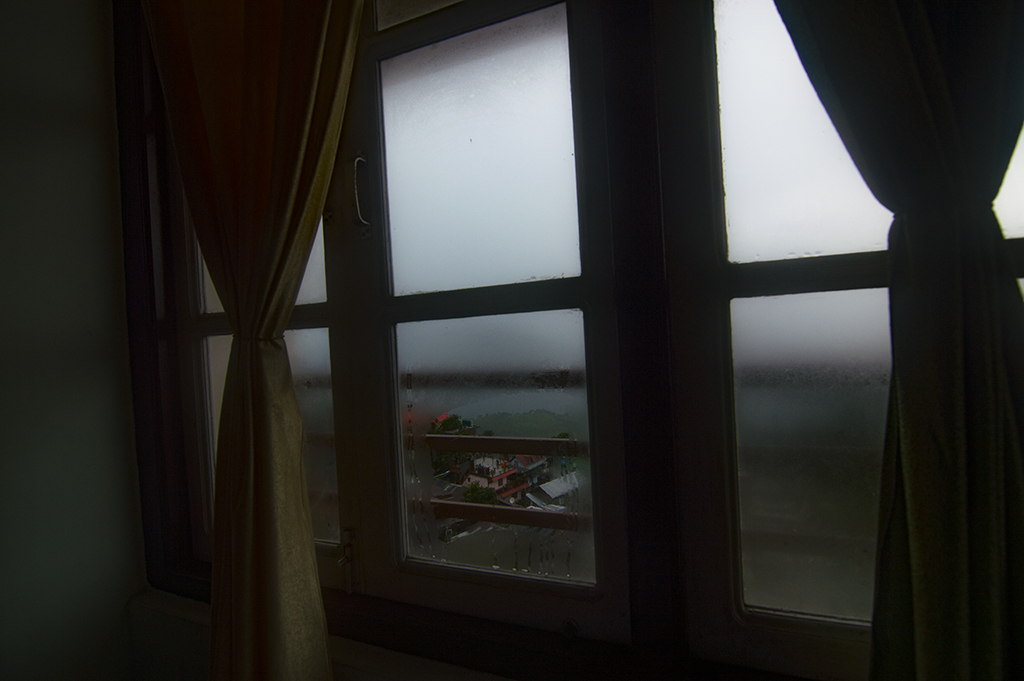
As the car left the plains and took the steep upward curve of Pankhabari Road, I remembered a long-lost tune of the hills. My wanton imagination conjured up scattered images, and every little bend through the vast undulations of tea gardens, with the spattering of stray yellow leaves on the windscreen, made me feel as if I was back home. The hills are where my home lies, and everything within their expanse is my own.
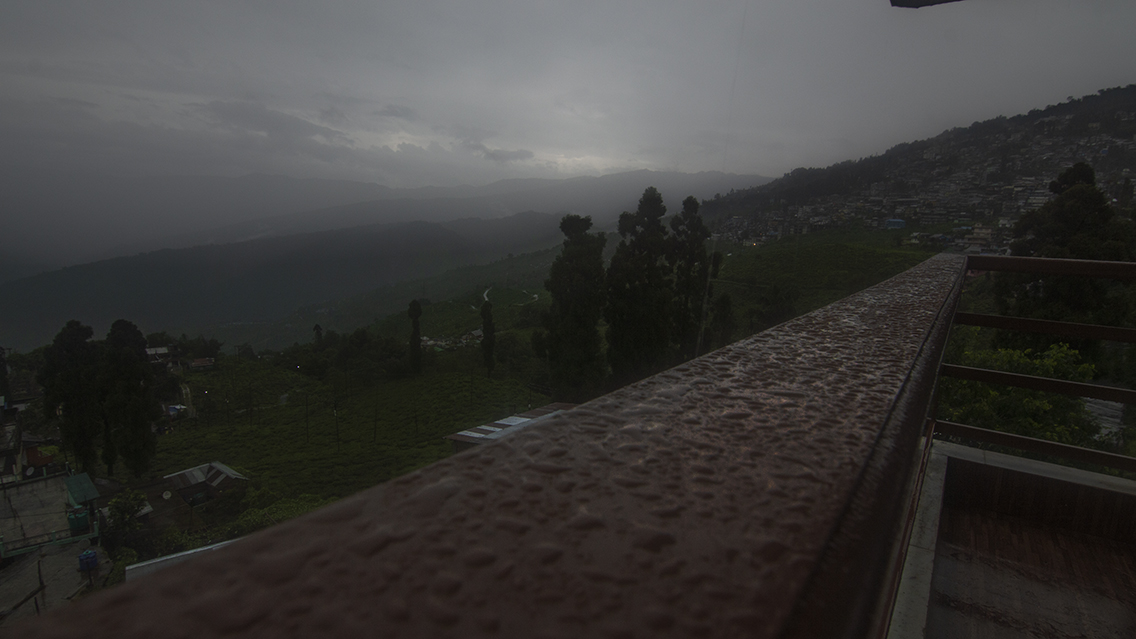
I sat huddled with two other passengers in the front row of the shared cab. The car’s speakers were belting out the chords of a Nepali tune played on guitar, and we drove on, surrounded by a gradually thickening fog. The yellow fog lights of the vehicle pierced through the grey hues of the road. A lady with several filigree ornaments on her face was counting beads sitting beside me. School children were walking lazily at the edge of the roads, laughing merrily as drops of rain fell on their colourful umbrellas.
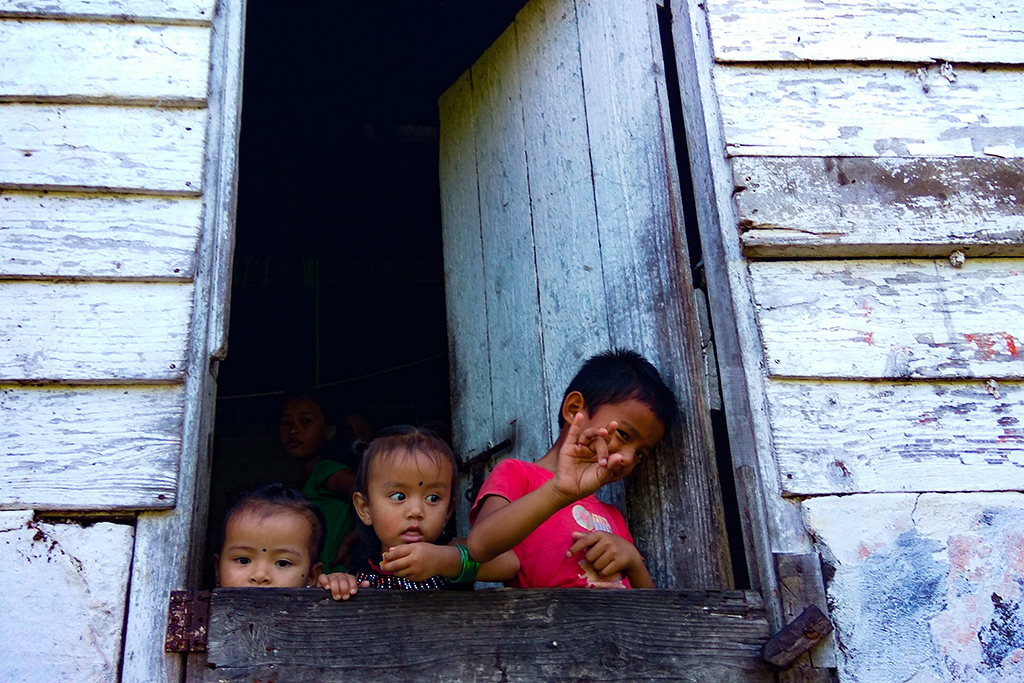
I hopped down with my backpack at a highway crossing. Nimesh, the owner of the homestay I was checking into, was waiting for me. A delightful cup of tea was my welcome drink. My room on the second floor had an incredible balcony overlooking the green wet valley. Kurseong in the monsoon gave off the fragrance of hill ferns! The morning light was hazy from my window. Trails of raindrops had made patterns on its fog-smeared glass overnight. And then there was the vast verdure of the rain-washed slopes that stretched across for miles in front of me.

The horizon, where the green-carpeted tea gardens merged with the precariously hanging grey clouds, was misty. A cloudlet came floating in, companionless, only to wrap itself around a solitary rambler with an umbrella walking on the serpentine roads through the gardens. I ventured out of the homestay just to walk across the hills. I hiked to the steep Eagle’s Crag—one of the higher points and the usual rendezvous of the lovebirds of the town.
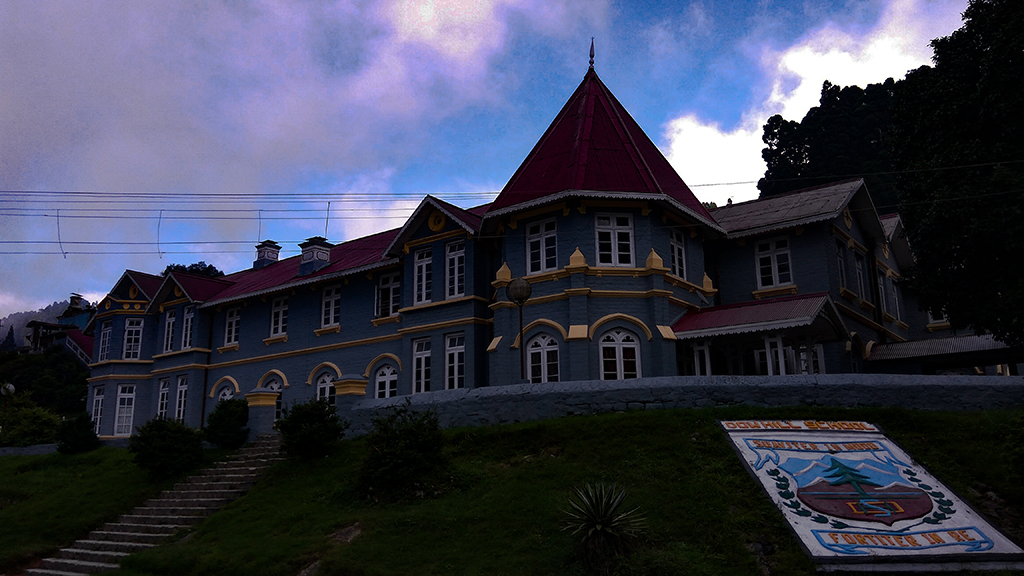
Leaving the place for nowhere in particular, I walked down the mountain slopes and found myself in a forlorn cemetery. Departed souls lay under the moss-covered burials, and the tall spikes of the red lilies still lit up a piece of abandoned earth. A few yards away, the flickers of flames on the window of a small wayside Buddhist temple piqued my curiosity. A priest was chanting, oblivious to my trespassing, in a citadel of unbroken peace. A lady was busy lighting up the lamps for worship. I sat still for sometime, without disturbing the proceedings, and then silently withdrew to move on to the winding paths of the hills.
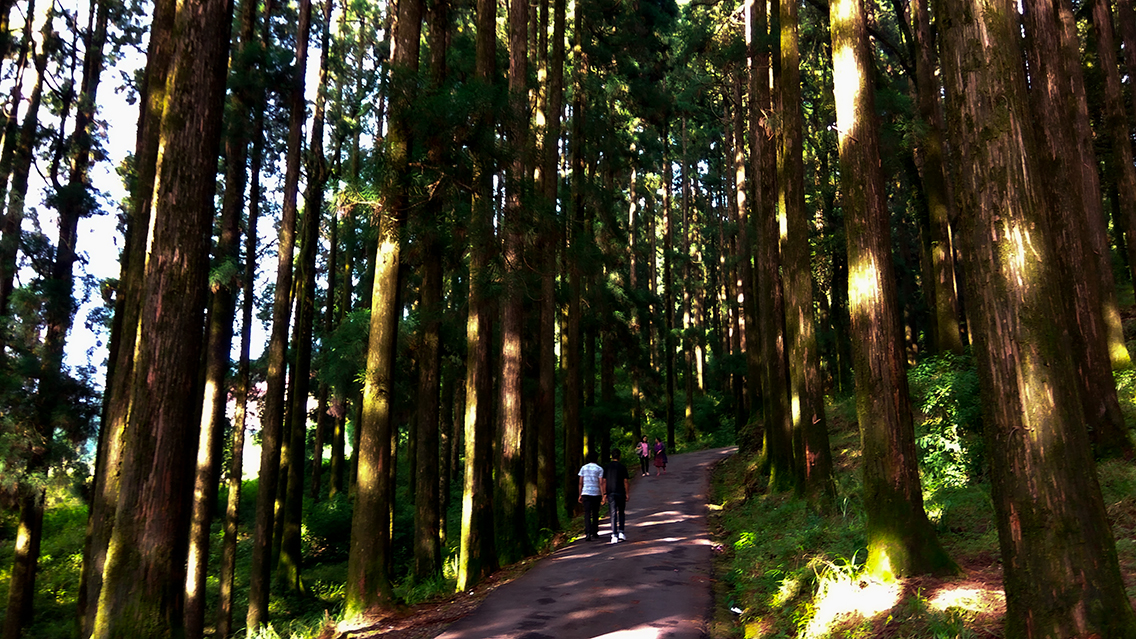
The next morning greeted me with the most ethereal sight imaginable. I opened the door to my balcony only to find a line of majestic whiteness ripping apart the blue speckled sky. In the peak of monsoon, Kurseong had offered me a sight to die for. I knew the transience of the sight of Kanchenjunga during this season. A sudden wayward cloud would come from nowhere and create a shroud around it. I got to read about Dow Hill, one of the highest points of the town. It boasts of the famous piths of learning from where legends like Vivian Leigh passed through before the country’s independence. Nimesh arranged a shared jeep for me; he told me to get down midway to walk through the pine forests.
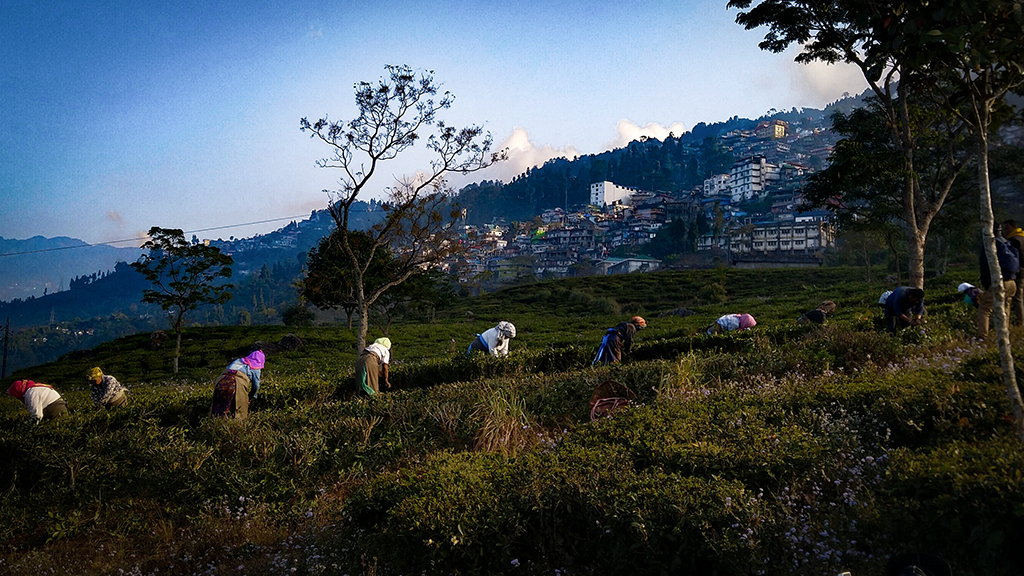
My walk to Dow Hill was a walk into picturisque wonderland. With the exception of a handful of locals, I was left blissfully alone and lost in the silence of the gigantic pine forest. One could almost hear the sound of dew drops falling on the needles of pine leaves. Dense fog surrounded the tree tops. Mists were moving in and out of the huge stems stealthily. Rambling through the huge trees, and in the palpable wetness of the air, I felt the fog wrap around me, blinding my dazed eyes and casting a spell on me.

The stately presence of Dow Hill School was like a painting of gothic architecture. Since it was a holiday, I tipped the gatekeeper with kind words, got inside the premises and took some snaps. Then, I came down to the marketplace, which appeared to be bustling beside the toy train tracks, over which people sat lazily. Two nights had passed by in absolute serenity! I pulled my rucksack on and got into my cab, bidding farewell to a curious girl looking out of the toy train window. The fumes of the steam engine billowed above the tall spires of the ancient church and the train gradually trailed out of my sight, though the sound of its lazy chugging resounded in my ears.
In the years of my travel I have met many people who have made a deep impact in my mind. In my next post, I will write about a few kids I encountered during my travels – stay tuned!
